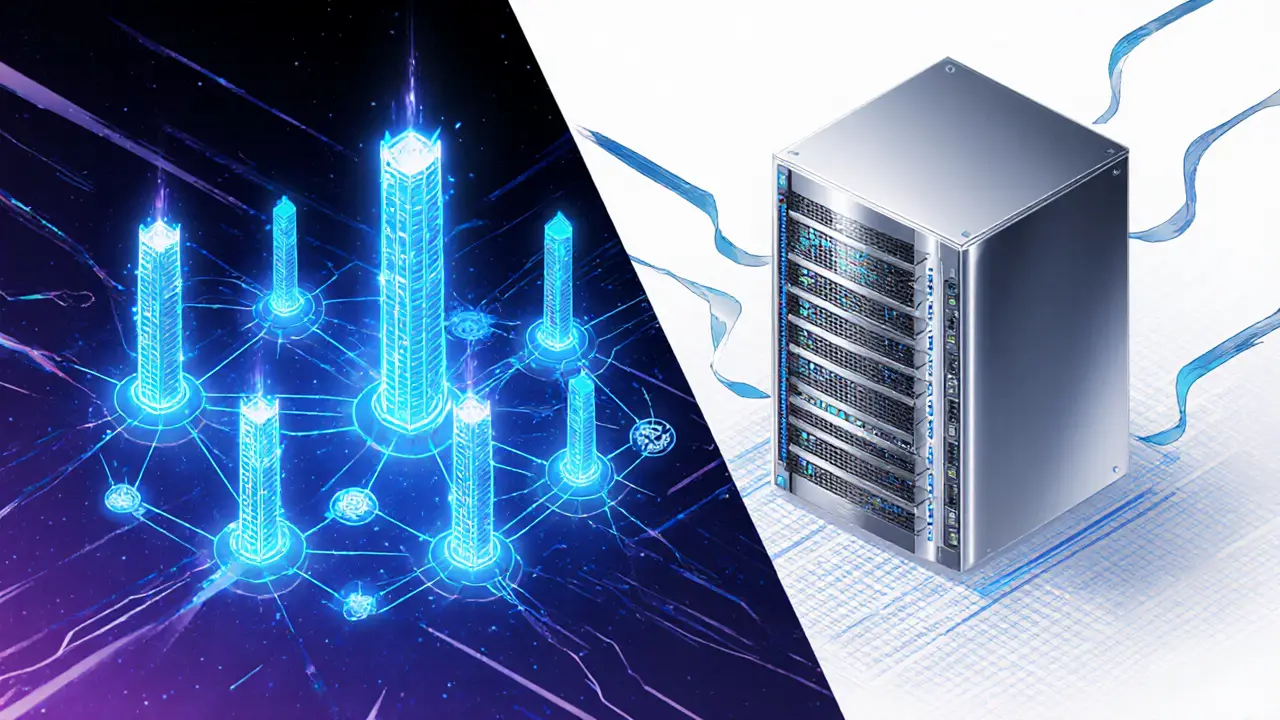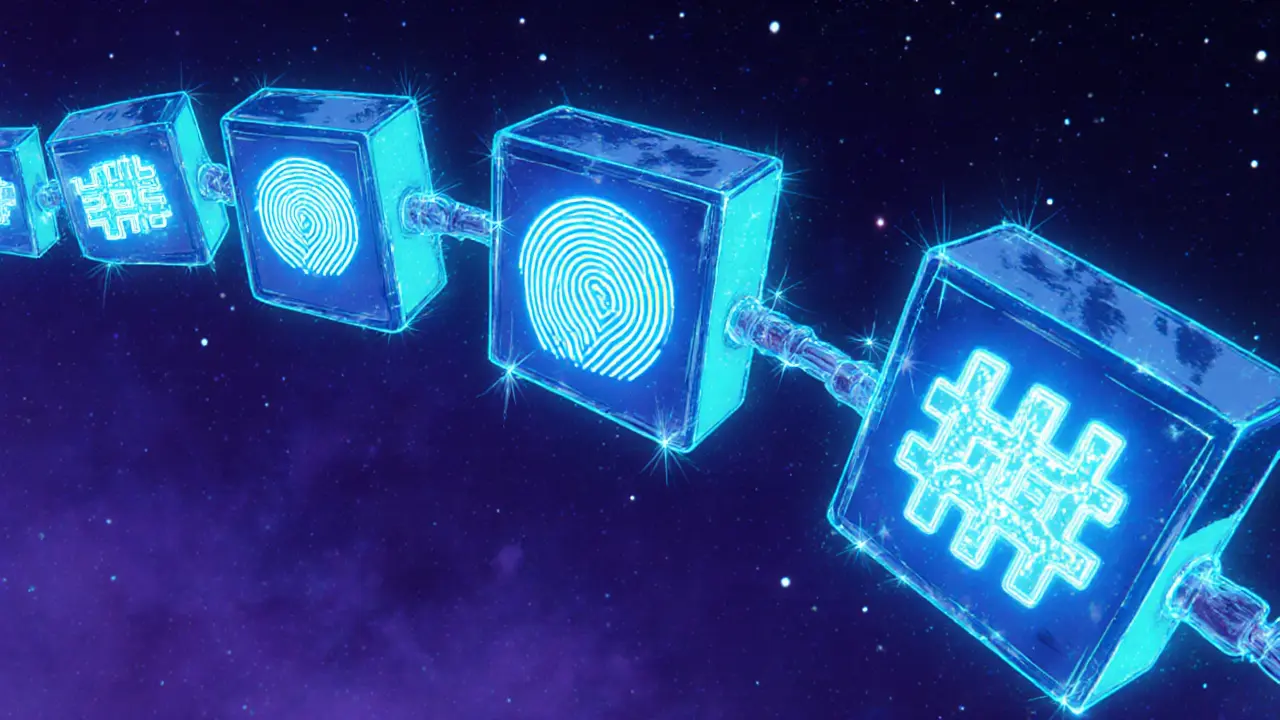Technology & Security: Your Guide to Blockchain, Identity, and Crypto Tools
When navigating Technology & Security, the field that blends cutting‑edge tech with protection mechanisms. Also known as Tech & Sec, it covers everything from data structures that keep ledgers honest to digital identities that put control back in your hands.
Key Concepts Covered
First off, blockchain, a decentralized ledger that records transactions across many computers is the backbone of modern crypto. It enables immutability by chaining cryptographic hashes, which means once data lands on the chain, changing it is practically impossible. This property fuels trust in everything from finance to supply‑chain tracking.
Another pillar is decentralized identity, a self‑sovereign system that lets users own and verify their credentials without a central authority. By leveraging public‑key cryptography, you can prove who you are without handing over personal data to a third party, cutting fraud risk and simplifying GDPR compliance.
Governments are not sitting on the sidelines either. central bank digital currencies, state‑issued digital cash that runs on a blockchain‑like infrastructure aim to combine the speed of electronic transfers with the stability of fiat money. Pilot programs across the globe show how CBDCs could lower transaction costs and increase financial inclusion, though questions about privacy and monetary policy remain.
On the data‑structure side, Merkle tree, a binary hash tree that efficiently proves the presence of data in a set underpins many verification processes. Whether you’re checking a transaction’s inclusion in a block or validating a smart‑contract state, Merkle proofs keep verification fast and cheap.
All these pieces interlock. Blockchain enables decentralized identity by providing an immutable base layer; decentralized identity enhances security for CBDC wallets; CBDCs benefit from Merkle trees to verify balances without exposing the whole ledger. Together they create a resilient ecosystem where trust is built into the code.
In practice, you’ll see these concepts in action across the posts below. One article breaks down Binary Merkle Trees vs Merkle‑Patricia Trees, showing when each shines in Bitcoin or Ethereum. Another compares blockchain to traditional databases, helping you decide which tool fits your project’s needs. We also explore how NFTs can stop counterfeiting, and why DeFi composability is the Lego‑like connector of modern finance.
Whether you’re a developer looking for implementation tips, an investor scouting new tech, or just a curious reader, the collection gives you concrete examples, real‑world use cases, and clear explanations. You’ll come away knowing not just the theory but also how to apply these tools safely and efficiently.
Ready to dive deeper? Below you’ll find a curated list of articles that unpack each topic, from the nitty‑gritty of cryptographic hashes to the strategic implications of digital cash. Each piece is designed to give you actionable insight without the fluff.
The nonce is the unsung hero of blockchain security, but with energy costs rising and proof-of-stake taking over, its future is uncertain. Here's how it's changing-and why it may not survive beyond Bitcoin.
Read MoreSidechains connect to main blockchains via two-way pegs and bridges, enabling fast, low-cost transactions. Learn how they work, where they're secure, and why they're not safe for large transfers.
Read MoreExplore how peer-to-peer insurance models work, their blockchain backbone, key benefits, challenges, and real‑world examples like Lemonade and Friendsurance.
Read MoreExplore the core differences between Binary Merkle Trees and Merkle‑Patricia Trees, their roles in Bitcoin and Ethereum, performance trade‑offs, and implementation tips.
Read MoreExplore the fundamental differences between blockchain technology and traditional databases, from architecture and performance to security, cost, and ideal use cases.
Read MoreA clear, in‑depth guide to Central Bank Digital Currencies, covering what they are, how they differ from crypto, global pilots, benefits, challenges, and future outlook.
Read MoreExplore the technical tricks behind blockchain immutability, from cryptographic hashes to PoW and PoS, and learn why tampering is practically impossible.
Read MoreLearn how NFT anti-counterfeiting works, its benefits over traditional methods, implementation steps, real-world use cases, and future trends in a clear, practical guide.
Read MoreExplore how DeFi composability lets blockchain protocols connect like Lego blocks, boosting efficiency, innovation, and speed while highlighting security challenges and best practices.
Read MoreExplore how decentralized identity gives users control, boosts security, cuts costs, and eases GDPR compliance while reshaping digital authentication.
Read More














